Amazon’s Journey From E-commerce to Brick-and-Mortar Stores
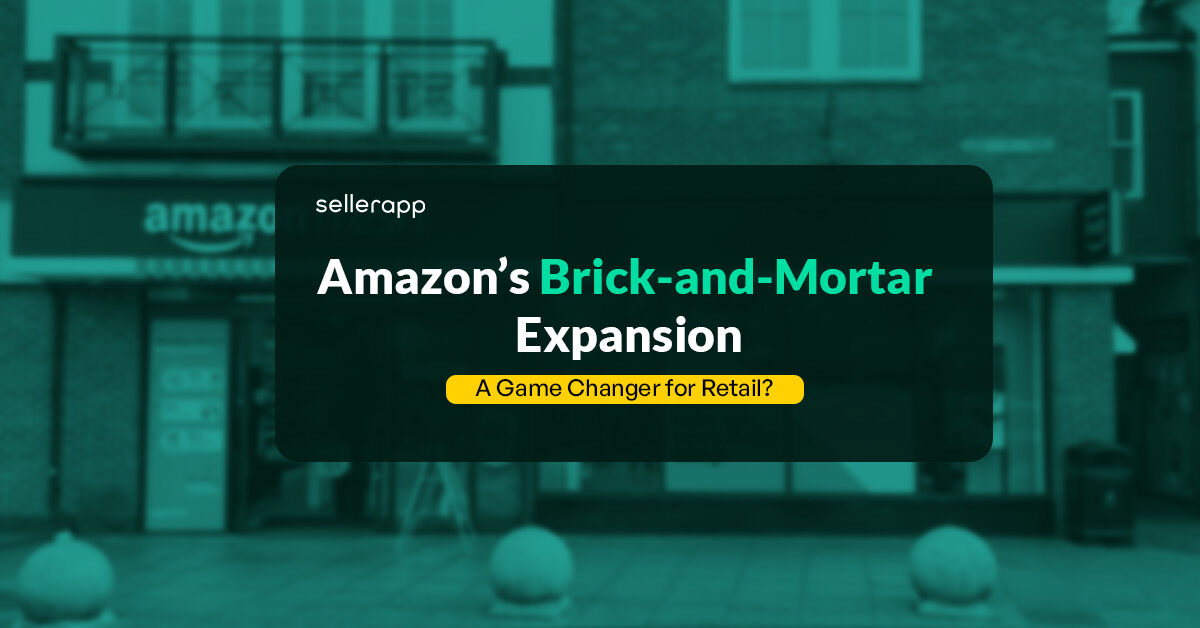
E-commerce giant Amazon has made steady inroads into brick-and-mortar retail over the past few years.
From bookstores to convenience stores to grocery stores, Amazon is leveraging its technological capabilities and online retail experience to create distinctive shopping experiences in the physical world.
Amazon opened its first physical retail store in 2015 – Amazon Books in Seattle, Washington. This marked Amazon’s first foray into offline commerce. Since then, Amazon has expanded its brick-and-mortar footprint rapidly, opening stores across various retail categories.
In 2017, Amazon acquired high-end grocery chain Whole Foods Market, giving the company an instant brick-and-mortar presence. Today, over 500 Whole Foods stores in the US, Canada, and the UK serve as grocery outlets for Amazon.
Amazon has also ventured into convenience stores through its Amazon Go and Amazon Fresh Store concepts powered by “Just Walk Out” technology.
Additionally, the company operates several Amazon 4-star general merchandise stores, Amazon Pop Up electronics stores, and Amazon Style fashion stores across the US.
So, in just 7 years, Amazon has gone from having zero physical stores to now operating several hundred brick-and-mortar outlets across North America and Europe.
In this guide:
- Why is Amazon Moving to Brick-and-Mortar?
- Amazon’s Main Brick-and-Mortar Initiatives
- How Many Physical Stores Does Amazon Have?
- Is Amazon Effectively Both Online and Offline Retailer Today?
- Key Aspects Defining Amazon’s Brick-and-Mortar Strategy
- Pitfalls Amazon Must Address in Its Brick-and-Mortar Ambitions
- The Road Ahead
Why is Amazon Moving to Brick-and-Mortar?
For over two decades, Amazon has primarily focused on e-commerce. However, in recent years, the company has recognized the value and importance of an omnichannel retail strategy encompassing online and offline stores.
There are several key reasons why Amazon is aggressively expanding into physical retail:
Enhanced Brand Visibility and Discovery
Physical stores allow existing and potential Amazon customers to discover and engage with the brand in a tangible way, which is impossible in the online realm.
Offline shops serve as billboards for Amazon, increasing brand awareness and loyalty.
Localized Experience
Offline shops provide hyper-localized in-store experiences tailored to the specific community’s tastes, preferences, and demographics. This allows Amazon to customize product assortments and store formats to what customers desire in particular geographies.
Immediate Product Gratification
One aspect lacking in e-commerce is instant product gratification. Brick-and-mortar stores fulfill this need by allowing customers to walk away with their purchases instantly rather than waiting days for delivery.
Touch and Feel Products
Physical stores provide tactile product experiences that are not replicable online. For categories like grocery, clothing, furniture, etc., customers like to personally inspect and evaluate products before purchasing.
Future-Proof Business Model
With major retail rivals like Walmart and Target operating online and offline, Amazon needs an equally robust omnichannel presence to remain competitively future-proof. Brick-and-mortar outlets are crucial from this standpoint.
Amazon’s brick-and-mortar expansion supports diverse objectives spanning brand building, sales growth, gathering shopper insights, boosting loyalty, and securing its competitive positioning for the future.
Amazon’s Main Brick-and-Mortar Initiatives
Now that we have seen why Amazon entered brick-and-mortar retail let us examine the company’s major physical store initiatives:
Amazon Go Stores
Amazon Go stores provide a convenient shopping experience catering to urban consumers with fast-paced lifestyles.
These compact outlets feature Just Walk Out technology that detects selected items and automatically charges customers’ accounts when they exit the store. This hassle-free approach allows customers to grab essentials seamlessly and go about their day.
Amazon Fresh
Slightly larger than Amazon Go, Amazon Fresh stores specialize in groceries, emphasizing fresh produce like fruits, vegetables, dairy, meat, and more.
Using the same Just Walk Out technology, customers can quickly grab their groceries without stopping to pay. The extensive selections meet the diverse grocery needs of customers looking for greater variety and specialty items beyond what a convenience store offers.
Amazon 4-Star
Amazon 4-Star stores offer customers a chance to discover products rated 4+ stars or above on Amazon.com that have proven popular among online reviewers. These physical stores let shoppers browse, sample, and interact with trending, high-quality merchandise curated based on online ratings and reviews.
Amazon Books
Blending the offline and online world, Amazon Books showcases top-rated and national best-selling titles prominently featured on Amazon.com.
Customers can browse bookshelves organized by various themes and curations and explore best-selling titles. The stores integrate online reader reviews and ratings into the traditional bookstore model, giving readers a personalized way to discover their next favorite book.
Amazon Pop-Up
Amazon Pop-Up stores offer customers hands-on experience with the latest electronic devices from the Amazon ecosystem, strategically located as temporary experience hubs in high foot-traffic areas like malls.
Products like Echo speakers, Fire tablets, Ring doorbell cameras, and more are displayed creatively to allow visitors to test and engage with smart gadgets they may consider purchasing.
Whole Foods Market
Acquired by Amazon in 2017, Whole Foods Market is an established chain of upscaled organic supermarkets that provides the highest quality natural, ethically sourced groceries. After the acquisition, integration with Amazon Prime provided members exclusive discounts and savings in-store and unlocked various benefits connecting Whole Foods to Amazon’s wider retail ecosystem. Customers can also directly order Whole Foods inventory online via Amazon.com and schedule convenient grocery delivery or pickup options.
How Many Physical Stores Does Amazon Have?
According to a survey in 2020, Amazon operates the following physical stores globally
- 26 Amazon Go outlets
- 23 Amazon Books
- 31 Amazon 4-Star
- 7 Amazon Pop-Up stores
- 500 Whole Foods Market Stores
In total, Amazon has over 587 brick-and-mortar stores worldwide.
So, while Amazon started its physical retail journey 8 years ago in 2015, it has already built a considerable brick-and-mortar scale through organic store growth and acquisition strategies.
Is Amazon Effectively Both Online and Offline Retailer Today?
For over two decades since its 1990s founding, Amazon has associated solely with online retail without any physical store presence. However, when Amazon Books debuted in 2015, it marked the company’s official crossing over into brick-and-mortar territory for the first time.
Fast forward to 2023, and while Amazon retains its leadership as the world’s largest e-commerce brand, it has also emerged as a formidable brick-and-mortar retailer.
Backed by billions in capital and breakthrough technological innovations, the tech giant has launched hundreds of offline stores spanning groceries, books, electronics, and more.
In essence, Amazon has successfully transitioned from a pure e-commerce company into an integrated omnichannel retailer with both online and physical storefronts in its portfolio. It has proven skeptics who doubted whether innovations powering Amazon’s digital dominance could be replicated in offline environments.
Through differentiated concepts like cashierless Amazon Fresh groceries and horns-free Whole Foods Market stores aligned with local purchasing preferences, Amazon has shown it can re-invent brick-and-mortar shopping just as it disrupted online retail.
Therefore, it is accurate to categorize present-day Amazon as both a leading online AND brick-and-mortar retailer – indicative of its successful omnichannel expansion.
Key Aspects Defining Amazon’s Brick-and-Mortar Strategy
Based on Amazon’s brick-and-mortar moves over the past decade, we can highlight six aspects that broadly define its physical retail strategy:
- Technology-Forward Experience: Technology such as Just Walk Out helps Amazon’s stores of the future focus on convenience and integrates them with digital technologies.
- Curated Assortments: Amazon brick-and-mortar outlets like Amazon Style and 4-star shops feature selective, customized product ranges based on local buyer preferences.
- Prime Loyalty Integration: Amazon integrates Prime program perks like discounts across its physical stores to boost membership stickiness.
- Hyper-Localization: Amazon calibrates each store’s product assortment, pricing, layouts, etc., to local neighborhood preferences using its strong analytics capabilities.
- Omnichannel Synergies: Physical outlets strategically complement Amazon’s e-commerce operations via capabilities like in-store returns, Buy Online Pick-up at Store models, etc.
- Experimentation: Amazon continuously tests innovative pilot concepts like Amazon Go before committing to large-scale expansions. This allows for greater flexibility.
These six pillars constitute the core facets shaping Amazon’s strategic blueprint for long-term brick-and-mortar success.
They allow the company to differentiate itself from traditional retailers anchored in older ways.
Pitfalls Amazon Must Address in Its Brick-and-Mortar Ambitions
However, for all the innovative promise Amazon’s physical retail expansion holds, the company faces a few pitfalls that could upend its brick-and-mortar ambitions if not addressed appropriately:
Technological Barriers to Scale
Amazon stores like Amazon Go rely heavily on advanced technologies like computer vision and sensor fusion to enable checkout-free experiences. However, seamlessly scaling such technologies across thousands of stores can be resource-intensive.
Operational Growing Pains
Managing and coordinating operations, including inventory, logistics, and personnel across hundreds of physical outlets nationally, will require strong organizational processes Amazon still needs to refine. Most large legacy retailers have over decades of operational expertise that Amazon lacks.
Customer Privacy Concerns
Amazon’s use of cameras and sensors to monitor and analyze in-store shopper behavior raises alarms around privacy infringement amongst consumers already worried about big tech’s data overreach. This could ignite public relations backlash.
Regulatory Oversight on Anticompetitive Practices
As Amazon scales its integrated omnichannel ecosystem, regulators may step in to assess whether the company’s online-offline synergy gives it unfair competitive advantages amounting to monopolistic control.
Navigating these pitfalls successfully will determine whether Amazon transforms into the world’s leading brick-and-mortar retailer or sees its ambitions stumble due to overreach.
Much is riding on Amazon’s ability to execute its physical expansion prudently, leveraging its strengths while plugging key gaps in organizational capabilities.
The Road Ahead
Amazon’s move into physical retail stores represents a new chapter for the company, which is mostly known for its online shopping. By bringing the technology and innovations that made them successful online into brick-and-mortar stores, Amazon aims to disrupt retail yet again.
Concepts like Amazon Go’s grab-and-go convenience stores, powered by automated checkout technology, provide a glimpse into the future of retail. Acquisitions like Whole Foods Store show Amazon’s commitment to omni-channel commerce.
However, scaling these advanced technologies across potentially thousands of stores, privacy concerns, and competition from established players present significant challenges.
Still, Amazon has built a reputation for turning challenges into opportunities. So despite valid risks, few would bet against Amazon’s odds of transforming brick-and-mortar shopping much like they led e-commerce’s digital reinvention.
The coming years will prove pivotal in determining if Amazon can blaze a similar brick-and-mortar trail as it did online. But traditional retailers should gear up for a rocky road ahead as Amazon brings its patented brand of relentless innovation into upending physical storefronts.



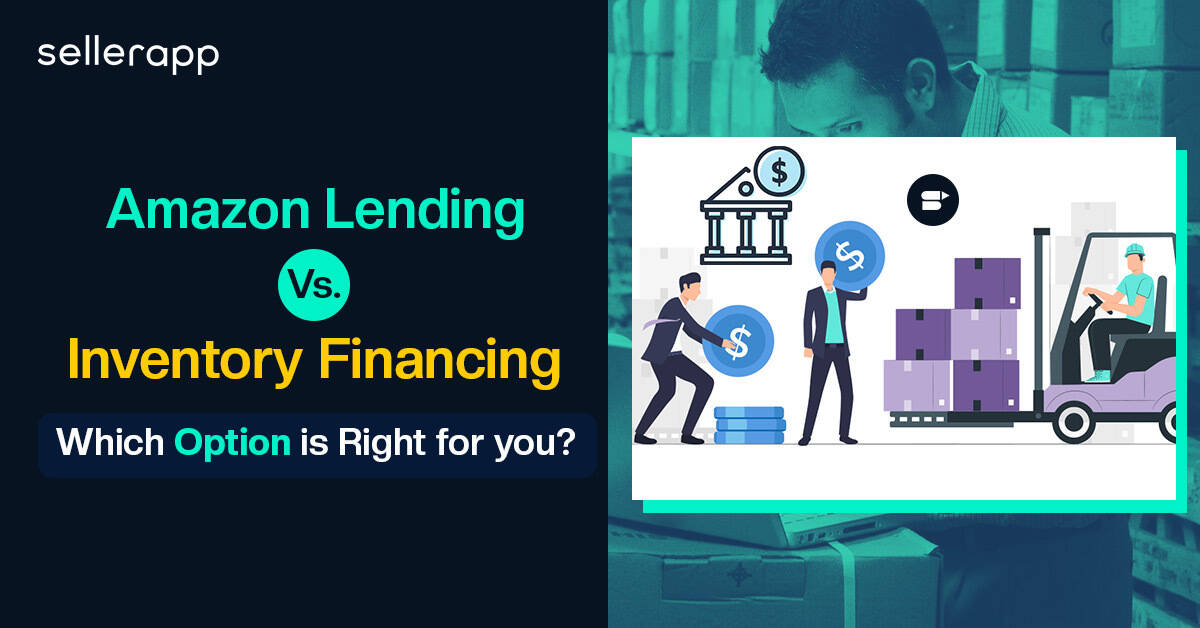

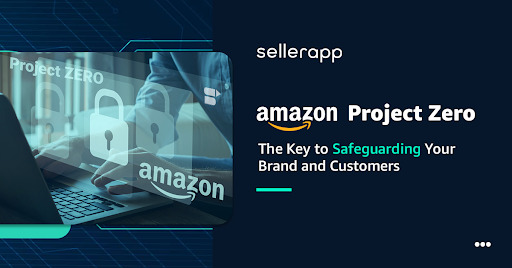

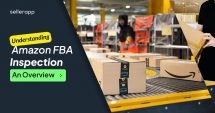

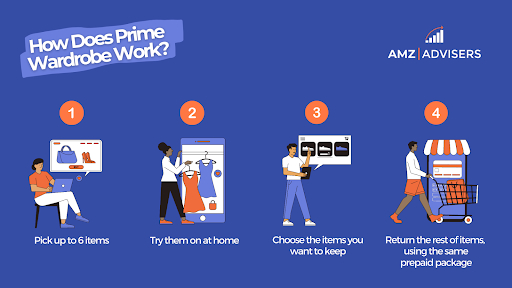

Jacob
June 3, 2024Amazon’s brick-and-mortar strategy is really interesting! Can’t wait to see how they mix their online strengths with physical stores
Pallavi
July 10, 2024Interesting perspective on Amazon’s brick-and-mortar strategy!
Fernandis
July 20, 2024This is a really helpful piece of information. I’m glad you shared it with us. Please keep us updated with more useful insights. Thanks for sharing!